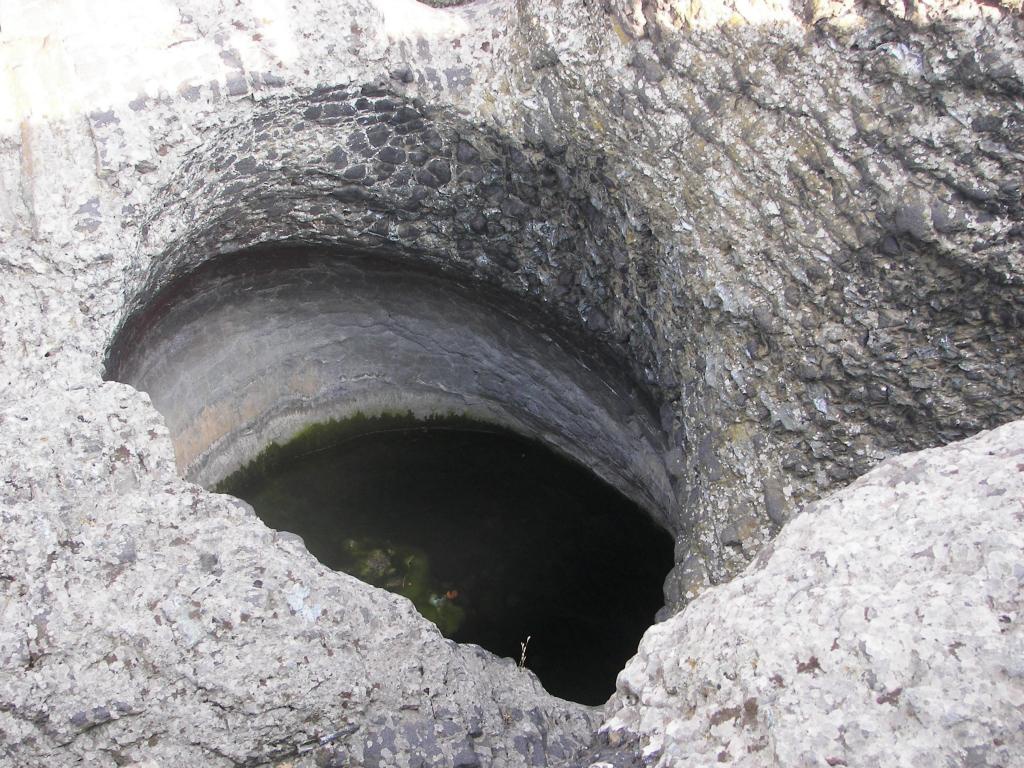Руководство путешественника
East Macedonia & Thrace
Abrasive wells

The rocks are coulee from active volcanic activity millions of years ago. Some of the craters have been partially destroyed by the river waters.Big quartz veins and chalcedony inclusions have been formed near Studen Kladenets village and close to the dam wall. Debris of them, when taken by the water, obtained a swirling motion thus scraping and corroding the surrounding rocks.They literally ground away and abraded the rocks to a point where coves were formed. They have become bigger and bigger over the years. This is how big holes appeared in the rocks, which in geology is called "abrasive wells", i.e. formed by the scraping activity of harder rocks. They are of various sizes - from very small diameter of 20 cm and 10 cm deep to huge ones- with a diameter of 7-8 m and a depth of 10-15 m.The “wells” are located in the riverbed and are very comfortable shelters for the fish wintering in the gorge. Furthermore, a variety of reptiles and amphibians is encountered here.
The “Abrasive wells” in the “Sheitan” gorge are unique in formation, number and dimension.
ADDRESS
Нет информации.Контактная информация
Нет информации.





